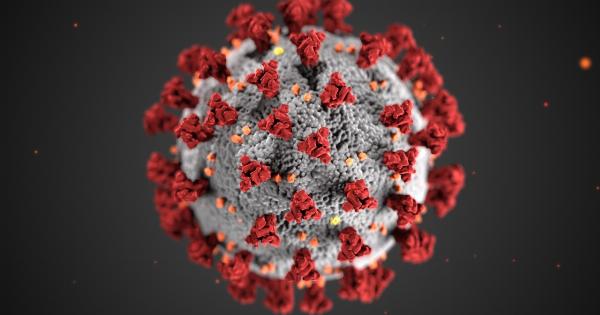Pulmonary diseases are a group of disorders that affect the lungs and respiratory system.
These diseases can range from mild, such as the common cold, to severe and life-threatening situations such as pneumonia, Chronic Obstructive Pulmonary Disease (COPD), and lung cancer. Pneumonia and COPD are among the leading causes of mortality worldwide. Effective diagnosis and treatment of these diseases are essential to prevent and manage them.
What Is It?: Invasive Pulmonology
Invasive Pulmonology (IP) is a branch of medicine that specializes in the diagnosis and treatment of pulmonary diseases using minimally invasive procedures.
IP procedures are used to examine the lungs, diagnose pulmonary disease and cancer and treat pulmonary disease. IP is an alternative to traditional approaches such as open surgery for the diagnosis of pulmonary diseases.
Types of Pulmonary Diseases
There are various types of pulmonary diseases which can affect individuals of any age. Some of the common types include;.
Bronchitis
Bronchitis is an inflammation of the bronchial tubes, which carry air to and from the lungs, causing difficulty in breathing and coughing. It can be caused by viruses, bacteria, and other irritants such as tobacco smoke and air pollution.
Pneumonia
Pneumonia is an infection that affects the lungs. It can be caused by bacteria, viruses, or fungi and causes symptoms such as chest pain, fever, and coughing.
COPD
COPD is a group of progressive lung diseases, including chronic bronchitis and emphysema, that causes airflow blockage and difficulty in breathing.
COPD is often caused by smoking, and symptoms include chronic cough, shortness of breath, and chest discomfort.
Lung Cancer
Lung cancer is a type of cancer that starts in the lungs and is often the result of smoking. It causes cells in the lungs to grow and divide uncontrollably and can spread to other parts of the body.
Common symptoms include coughing, chest pain, and difficulty breathing.
Asthma
Asthma is a chronic inflammatory disease of the airways that causes difficulty in breathing. It is often caused by allergic reactions and can cause wheezing, coughing, and shortness of breath.
Invasive Pulmonology Procedures
IP procedures can help diagnose and treat various pulmonary diseases. Some of the most common invasive procedures include the following:.
Bronchoscopy
Bronchoscopy is a procedure in which a thin, flexible tube with a light and camera is inserted through the nose or mouth to the lungs to examine the airways and collect tissue for further examination.
Thoracoscopy
Thoracoscopy is a minimally invasive procedure used to diagnose and treat various pulmonary diseases. During the procedure, the surgeon inserts a small camera and instruments through small incisions to examine the chest cavity and lungs.
Endoscopic Lung Volume Reduction
Endoscopic lung volume reduction is a procedure used for the treatment of severe emphysema, which involves removing the damaged part of the lung tissue to help improve breathing.
Lung Biopsy
Lung biopsy is a procedure used to collect samples of lung tissue for examination. The biopsy can help diagnose lung diseases such as lung cancer, and the procedure can be performed using a needle or bronchoscopy.
Tracheostomy
Tracheostomy is a surgical procedure in which a small incision is made in the trachea to create an opening that helps improve breathing in patients with severe pulmonary diseases.
Benefits and Risks: Invasive Pulmonology
Invasive Pulmonology procedures offer benefits and risks that patients need to be aware of before undergoing any procedure.
Benefits
- Invasive Pulmonology procedures are minimally invasive, which means less risk of complications, less pain, and faster recovery.
- IP procedures offer a precise and accurate diagnosis of pulmonary diseases, which enables proper management and treatment.
- IP procedures offer effective treatments for various pulmonary diseases that improve the quality of life of patients.
Risks
- Complications can occur during and after the procedure, such as bleeding, infection, and damage to surrounding tissues.
- IP procedures require general anesthesia, which poses a risk for some individuals.
- Invasive Pulmonology procedures can be expensive, which may be a financial burden for some patients.
Conclusion
Pulmonary diseases can have a significant impact on an individual’s quality of life, and effective diagnosis and treatment are essential.
Invasive Pulmonology procedures offer a minimally invasive option for diagnosing and treating various pulmonary diseases. However, patients must understand the benefits and risks of these procedures before deciding to undergo any IP procedure. Consult with a healthcare professional to determine the best treatment option for pulmonary disease diagnosis and management.




























